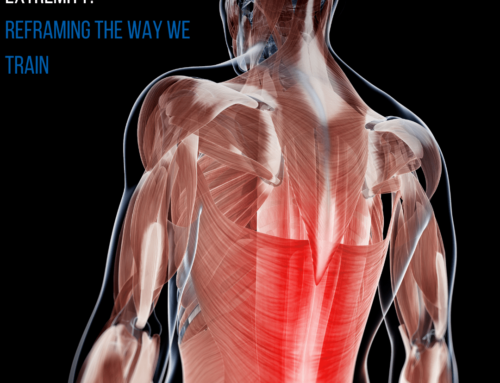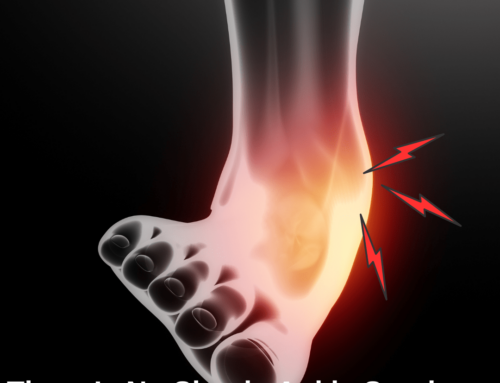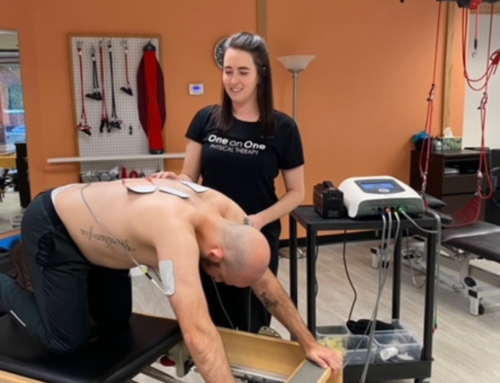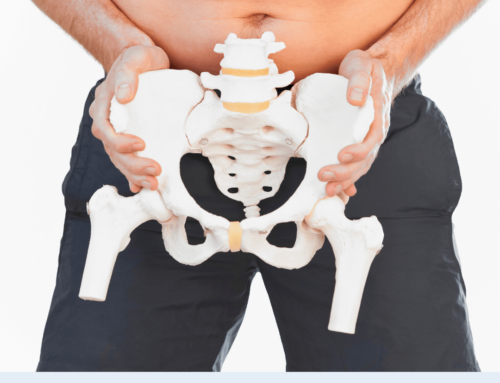The Warm-Up Revolution
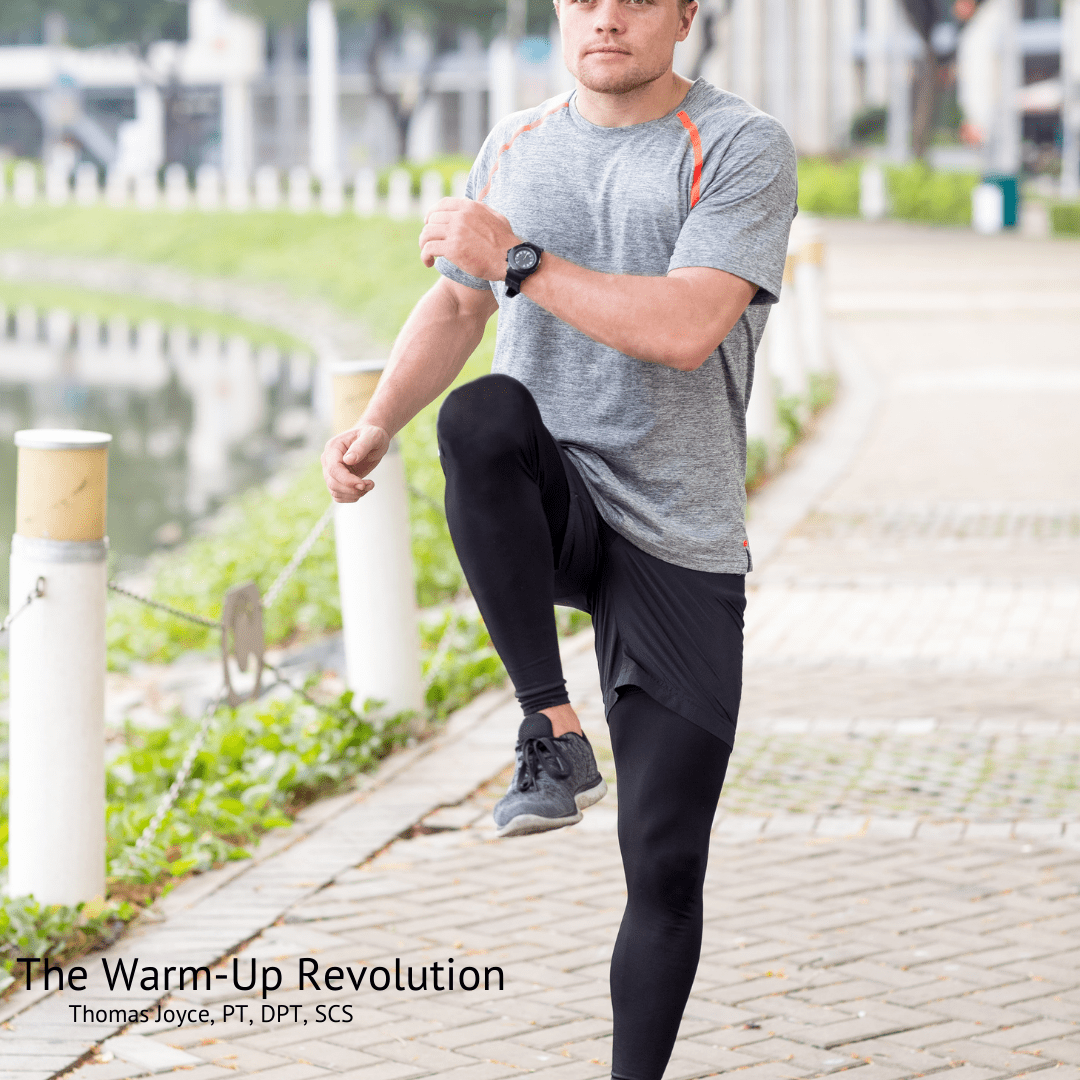
How many of you remember spending half an hour standing in a circle with your teammates before practicing counting “1…2…3…” as you gradually stretched individual muscle groups? My guess is, probably most of you. As we continue to move into an age of analytics within sports, the efficacy of warm-ups in their ability to decrease injury risk and prepare athletes for sport is gaining more attention.
In The Past
Traditionally, warm-up programs have consisted of short bouts of aerobic activity followed by a static stretching routine. Recent research, however, challenges the long-standing belief that static stretching decreases the risk of exercise-related injuries (Small, Naughton, & Matthews 2008) and may, in fact, lead to decreases in strength and power performance (Chaabene et al. 2019; Behm & Chaouachi 2011).
What Has Changed
Research exploring the effects of performing a movement-based warm-up prior to physical activity has contributed to a shift from static stretching to dynamic stretching. In addition to developing comparable improvements in range of motion (Coons et al. 2017), studies have shown that dynamic stretching can improve jump height, sprint times, and agility drill performance (Perrier, Pavol, & Hoffman 2011). Research also suggests that dynamic warm-ups can enhance athletic performance by increasing strength and power, while also enhancing oxygen delivery (Hoffman 2012). Furthermore, dynamic warm-up programs like the FIFA 11+ have been shown to decrease injury rates in sport, particularly soccer players (Sadigursky 2017).
Below is an example of a dynamic warm-up program. While this particular warm-up is oriented towards baseball players, many of the exercises are often included in programs designed for athletes who participate in other sports.
Dynamic Warmup
- Jumping jacks x30
- Short skip + backward arm swings 2×15 yards
- Side shuffle + arm huggers 2×15 yards
- Inchworm to a pushup to downward dog x15 yards
- Forward lunge to closed trunk twist to open trunk twist (towards the sky) x15 yards
- Side lunge + adductor stretch (both sides) x15 yards
- Knee huggers + hip rotation out x15 yards
- Hip openers x15 yards
- Alternating RDL to high knee x15 yards
- Quadruped elbow to knee x5 each side
- High knee skips x10 yards
- Butt kicks x10 yards
- Carioca (high knee) 2×60′
- Diagonal shuffle forward/backward (45-degree angle) x60′
- Power skips 2×60′
- Build up sprints x60′ (50%, 75%, 90%, 100%)
A comprehensive warm-up is necessary for athletes to adequately prepare for practice and competition. The warm-up is designed to increase heart rate, core temperature, and blood flow to active muscles. Ultimately, the warm-up should prepare athletes for the physical demands of their respective sport. A comprehensive warm-up should engage the muscles used during practice or competition and simulate sport-specific activities. Exercises designed to improve core stability and postural control may further prepare athletes for sports movements (Bird 2012).
In order to continue to decrease injury risk and enhance athletic performance, it is important to incorporate dynamic movements into our warm-up programs. This shift will encourage safe participation in sport and improve athletes’ ability to play at a high level.
For more information about how to create a comprehensive dynamic warm-up, contact One on One today!
References
- Hoffman, Jay. NSCA’s Guide to Program Design. Human Kinetics, 2012.
- Katie Small, Lars Mc Naughton & Martyn Matthews (2008) A Systematic Review into the Efficacy of Static Stretching as Part of a Warm-Up for the Prevention of Exercise-Related Injury, Research in Sports Medicine, 16:3, 213-231, DOI: 10.1080/15438620802310784
- Chaabene H, Behm DG, Negra Y, Granacher U. Acute Effects of Static Stretching on Muscle Strength and Power: An Attempt to Clarify Previous Caveats. Front Physiol. 2019;10:1468. doi: 10.3389/fphys.2019.01468. eCollection 2019. Review. PubMed PMID: 31849713; PubMed Central PMCID: PMC6895680.
- Behm DG, Chaouachi A. A review of the acute effects of static and dynamic stretching on performance. Eur J Appl Physiol. 2011 Nov;111(11):2633-51. doi: 10.1007/s00421-011-1879-2. Epub 2011 Mar 4. Review. PubMed PMID: 21373870.
- Coons, J.M., Gould, C.E., Kim, J.K., Farley, R.S. & Caputo, J.L. (2017). Dynamic stretching is effective as static stretching at increasing flexibility. Journal of Human Sport and Exercise, 12(4), 1153-1161. doi:https://doi.org/10.14198/jhse.2017.124.02
- Perrier ET, Pavol MJ, Hoffman MA. The acute effects of a warm-up including static or dynamic stretching on countermovement jump height, reaction time, and flexibility. J Strength Cond Res. 2011 Jul;25(7):1925-31. doi: 10.1519/JSC.0b013e3181e73959. PubMed PMID: 21701282.
- Sadigursky et al. BMC Sports Science, Medicine and Rehabilitation (2017) 9:18 DOI 10.1186/s13102-017-0083-z
- Bird, Stephen & Stuart, Will. (2012). Integrating Balance and Postural Stability Exercises into the Functional Warm-up for Youth Athletes. Strength and Conditioning Journal. 34. 73-79. 10.1519/SSC.0b013e31824f175e.
